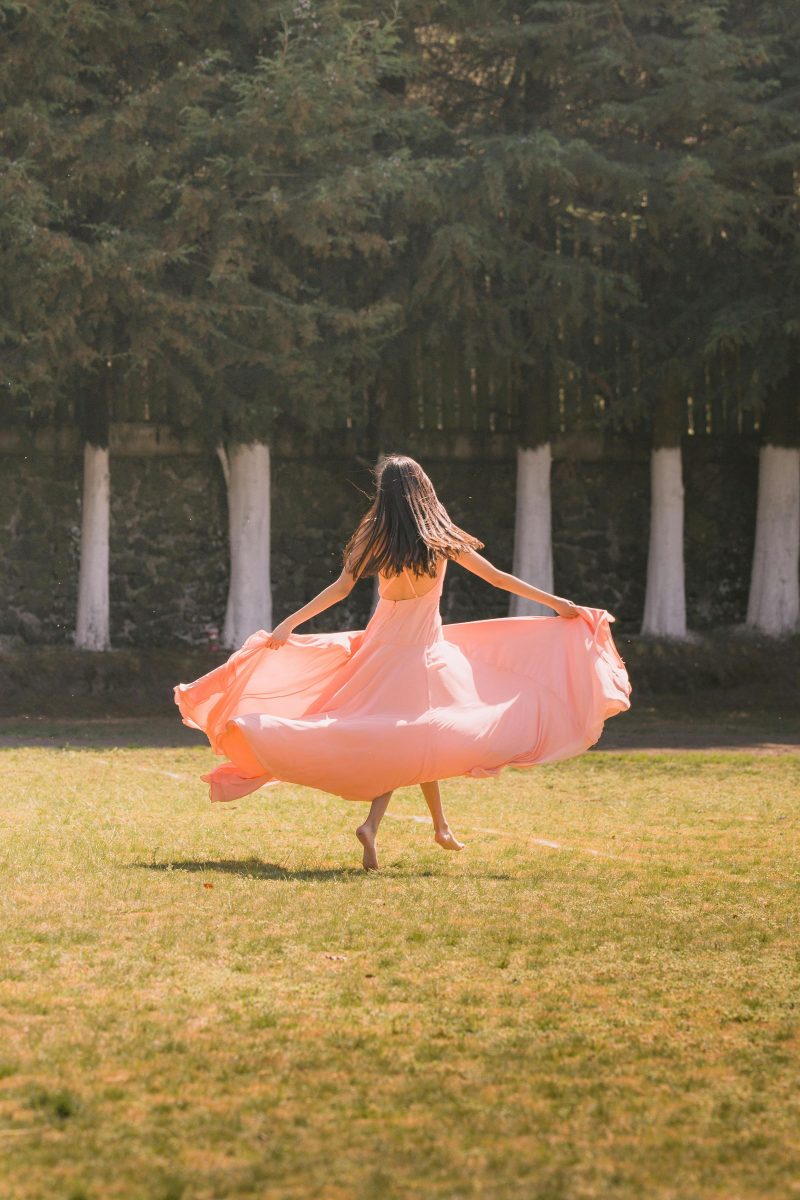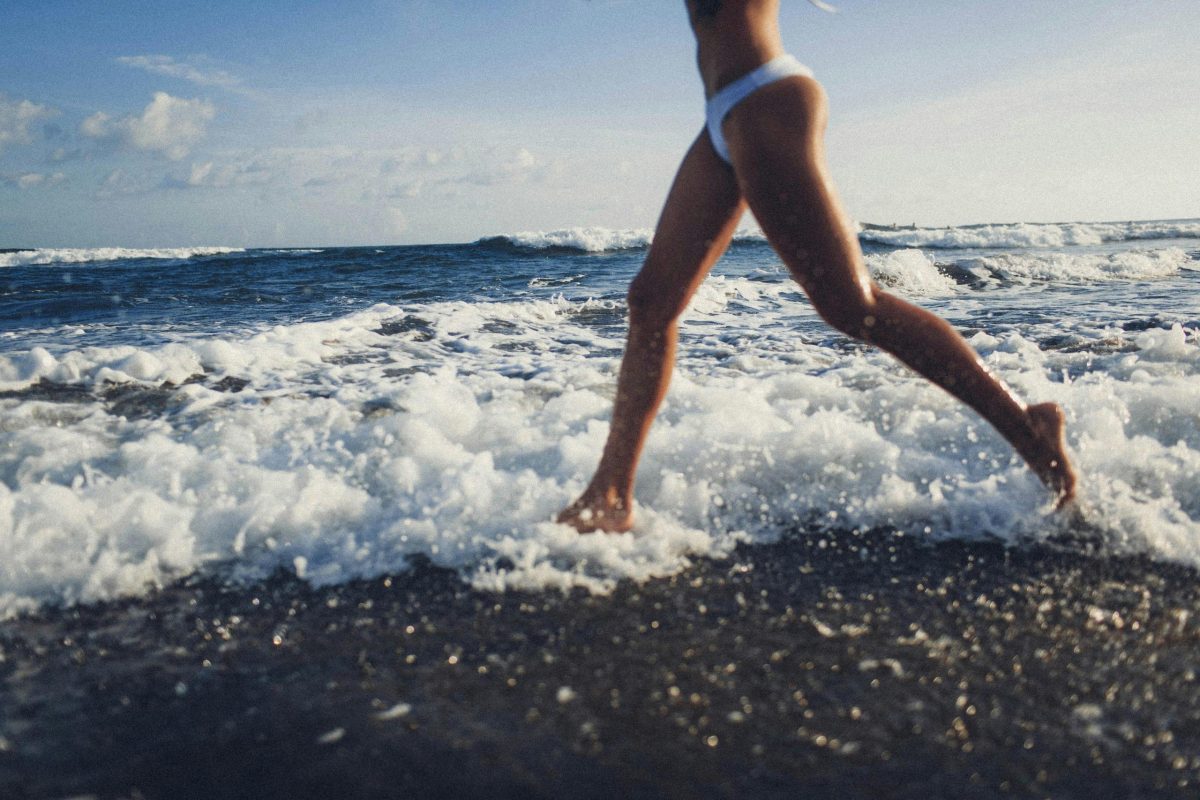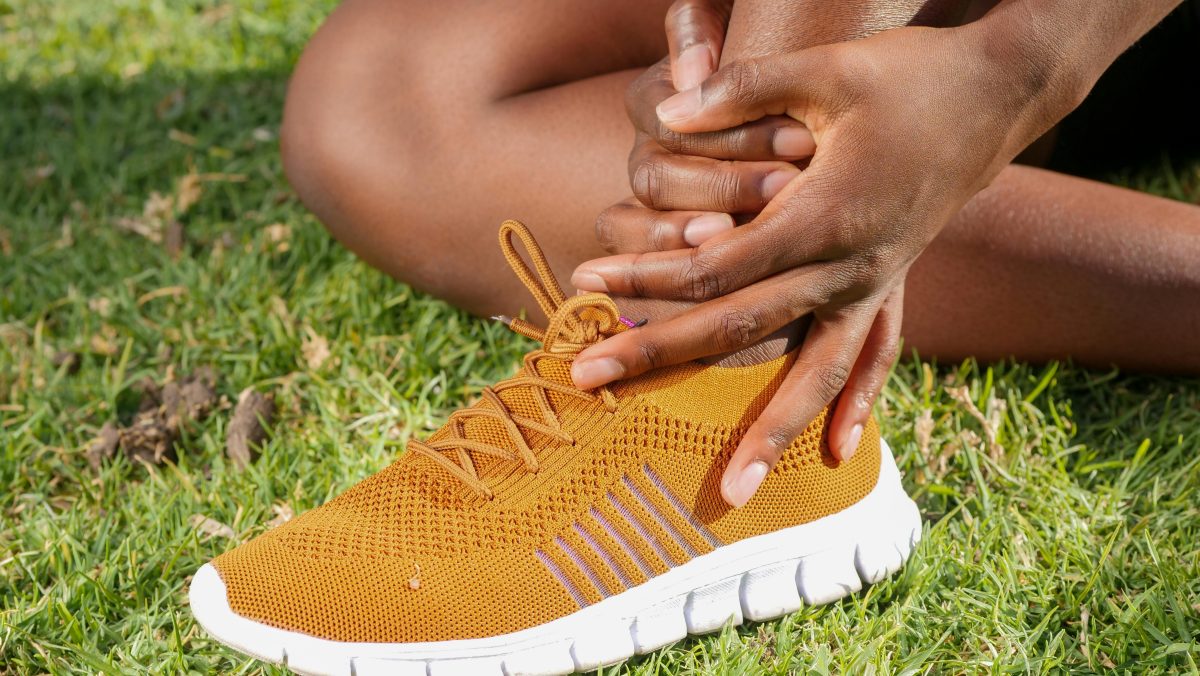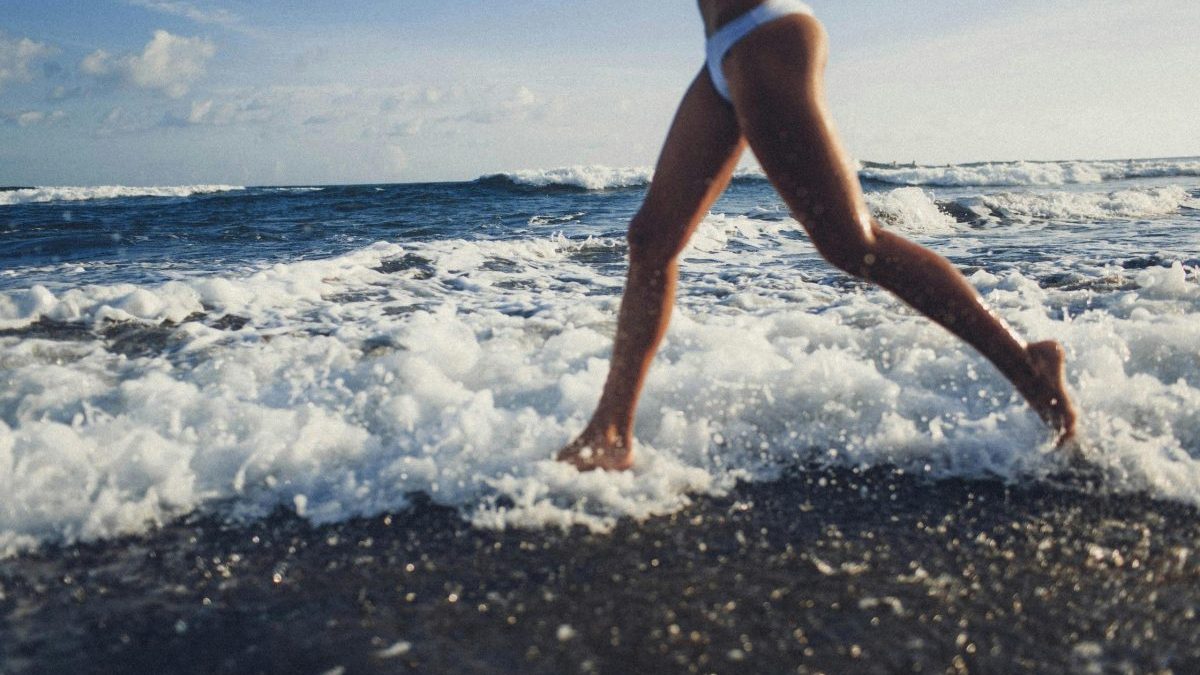Last Updated on: 14th July 2024, 09:28 am
Introduction to Barefoot Running

Barefoot running strips back the modern running shoe to its primal essence, encouraging a natural stride. This practice, deeply rooted in history, has seen a resurgence, captivating modern runners seeking a purer form of their sport. The allure? A promise of improved posture, reduced injuries, and a deeper connection to the running path. This article aims to unravel the benefits of barefoot running, exploring how shedding the extra cushioning can lead to a more fulfilling running experience.
Once a necessity, now a choice, barefoot running has journeyed from ancient civilizations to the present day, gaining momentum as runners search for authenticity and freedom in their stride. The purpose here is clear: to delve into the heart of barefoot running, uncovering the myriad benefits this age-old practice offers to the modern runner. From enhanced sensory feedback to the strengthening of foot muscles, the advantages are as compelling as the history is rich.
The Natural Mechanics of Barefoot Running

Foot Strike and Posture Adjustments
Running barefoot transforms the way our feet interact with the ground. Without the cushioning of traditional shoes, runners typically adopt a forefoot or midfoot strike. This adjustment encourages a more upright posture and a shorter, quicker stride. The result? A reduction in the impact forces that travel up the leg, potentially lowering the risk of common running injuries.
Comparing Mechanics: Barefoot vs. Traditional Shoe Running
Traditional running shoes, with their elevated heels and cushioned soles, often lead to a heel-first landing. This can increase the strain on the knees and hips. Barefoot running, in contrast, promotes a natural gait cycle that aligns with our evolutionary design. The absence of artificial support allows the foot to flex, spread, and absorb shock more effectively, fostering a healthier running mechanic.
The Role of Proprioception
Proprioception, or the body’s ability to sense its position in space, is heightened in barefoot running. This enhanced sensory feedback improves balance and coordination, allowing runners to fine-tune their movements for maximum efficiency. The direct contact with the ground serves as a constant stream of information, guiding runners to adjust their stride in real-time for optimal performance.
Embracing barefoot running can be a transformative experience, offering a return to natural movement patterns while enhancing running efficiency. As we peel away the layers of modern footwear, we uncover the innate strength and agility of our feet, paving the way for a more responsive and mindful running journey.
Unlocking the Benefits of Barefoot Running

- Strengthening Muscles from the Ground Up: Transitioning to barefoot running naturally strengthens foot and leg muscles, often overlooked in traditional running. This muscle fortification not only enhances performance but also plays a crucial role in injury prevention.
- Reducing the Risk of Injuries: The shift in running mechanics associated with barefoot running significantly reduces the occurrence of common injuries. By promoting a forefoot strike, lessens this impact, thereby mitigating the risk of stress fractures, shin splints, and other common ailments.
- Enhanced Balance and Coordination: Running without shoes improves proprioception, leading to better balance and coordination. This heightened awareness allows runners to adapt quickly to varying terrains, reducing the likelihood of falls and missteps.
- Faster Recovery Times: Engaging in barefoot running can lead to faster recovery times. The natural gait and reduced impact forces associated with barefoot running lessen the strain on the body, allowing for quicker recovery between sessions.
Psychological and Emotional Benefits of Barefoot Running

- Connection with Nature and Sensory Stimulation: Running barefoot is more than a physical experience; it’s a sensory journey. The direct contact with the earth underfoot stimulates the senses, offering a unique connection to nature.
- Stress Reduction and Improved Mental Health: The act of running barefoot can be a powerful stress reliever. Without the barrier of shoes, runners often report feeling liberated, experiencing a reduction in anxiety and stress levels.
- The Joy of Experiencing Running in Its Most Natural Form: There’s an undeniable joy in experiencing running as our ancestors did. Barefoot running strips away the complexities of modern life, allowing runners to revel in the simplicity and freedom of movement.
Embracing barefoot running opens up a world of psychological and emotional benefits. From the deep connection with nature to the stress-relieving properties and the joy of simplicity, running in its most natural state offers a holistic approach to well-being. As we explore the paths less traveled, barefoot and free, we unlock not only physical advantages but a more content, fulfilled state of mind.
Performance Improvements through Barefoot Running

Evidence of Increased Running Efficiency
Transitioning to barefoot running unveils a remarkable shift in running efficiency. Runners often report feeling lighter and more agile, a direct result of the natural foot mechanics encouraged by barefoot running. This efficiency isn’t just anecdotal; studies have shown measurable improvements in running economy, indicating that runners can cover more ground with less effort.
Potential for Faster Race Times and Improved Endurance
The dream of shaving seconds or even minutes off race times becomes more tangible with barefoot running. The improved running economy translates into potential for faster speeds and longer distances without the added fatigue. This isn’t just about short-term gains; the endurance and stamina built through barefoot running lay the foundation for long-term performance enhancements.
Adaptations in Stride and Cadence
One of the most significant changes runners experience is in their stride and cadence. Barefoot running promotes a shorter, more natural stride with a quicker cadence. This adaptation reduces the impact on the joints and muscles, allowing for a smoother, more efficient run. Over time, these adjustments contribute to a more resilient and robust running form, capable of tackling any challenge the road or trail presents.
By embracing the principles of barefoot running, individuals unlock a suite of performance improvements. From increased efficiency and potential for faster race times to significant adaptations in stride and cadence, the benefits are profound. As runners adapt to this natural form of running, they not only enhance their physical capabilities but also embark on a journey towards a more sustainable and injury-free running career.
Considerations and Precautions for Barefoot Running

Transitioning Safely to Barefoot Running
- Start with short distances, allowing your feet to adapt to the new demands.
- Listen to your body and progress at a pace that feels comfortable.
- This slow build-up helps prevent overuse injuries, giving your muscles and tendons time to strengthen.
Understanding the Risks and How to Mitigate Them
- Abrasions, puncture wounds, and increased stress on the feet are potential concerns.
- To mitigate these risks, begin your transition on soft, natural surfaces such as grass or sand.
- Pay attention to where you step and consider a minimalist shoe as an intermediary step.
Choosing the Right Surfaces for Barefoot Running
- Selecting appropriate surfaces is crucial for a positive barefoot running experience.
- Ideal surfaces are those that are clean, soft, and free of debris.
- Tracks, well-maintained grass fields, and smooth, sandy beaches provide excellent grounds for beginners.
- As your feet become more accustomed to the sensation, you can gradually introduce more varied and challenging terrains.
By taking these precautions, you ensure a safer transition to barefoot running, allowing you to enjoy the full spectrum of benefits while minimizing the risk of injury. Remember, the key is to start slowly, be mindful of your environment, and prioritize the health of your feet as you embrace the liberating experience of running unshod.
In Closing
Barefoot running redefines freedom in motion. It’s a journey back to the essence of running, promising resilience and joy. By embracing the natural mechanics of our stride, we unlock a harmony of physical strength, reduced injuries, and a profound connection with the earth beneath us. This practice not only revitalizes our physical health but also nurtures our mental well-being, inviting us to experience the world with renewed vigor and simplicity. Let us step forward, barefoot and bold, into a future where we run not just with our feet, but with our hearts.
Benefits of Barefoot Running FAQs
Barefoot running can significantly improve proprioception, which is the body’s ability to sense movement and position. The direct contact with the ground enhances sensory feedback, allowing runners to adjust their movements for better efficiency and safety. Improved proprioception can also help in reducing the risk of ankle sprains and other injuries.
Barefoot running can improve running efficiency by encouraging a more biomechanically advantageous foot strike and stride. Running without the weight of shoes allows for quicker foot turnover and reduced energy expenditure. This can lead to improvements in running performance over time.
Running barefoot can strengthen foot muscles by engaging them more actively than when wearing traditional running shoes. The feet and toes have to work harder to provide stability and propulsion, which can lead to stronger muscles. This increased muscle strength can support arch health and improve overall foot function.
Barefoot running can help with flat feet by strengthening the muscles and ligaments that support the arches. The increased muscle activity and engagement required for barefoot running can lead to stronger arches and potentially less flat feet over time. However, individuals with severe flat feet or related conditions should approach barefoot running cautiously and consult a healthcare professional.
Yes, barefoot running can improve balance by enhancing proprioception and natural foot mechanics. Running without shoes allows the feet to interact directly with the ground, providing immediate feedback to adjust posture and gait. This can lead to better stability and coordination during movement.
Barefoot running can reduce the risk of certain types of injuries by promoting a more natural gait and foot strike. It can help in avoiding overuse injuries associated with heel striking and excessive pronation. However, transitioning too quickly to barefoot running without proper adaptation can lead to other injuries.
Barefoot running affects posture by promoting a more upright stance and natural alignment. The need to absorb impact forces more effectively without the cushioning of shoes encourages runners to adjust their posture, which can lead to improvements in overall body alignment. This can reduce strain on the back and lower body joints.
Barefoot running may be better for some people’s joints by promoting a more natural running form that can reduce impact forces. It encourages landing on the forefoot or midfoot, which can decrease stress on the knees and hips. However, the benefits can vary based on individual biomechanics and running technique.
Barefoot running is not suitable for everyone, as individual foot structure, injury history, and running goals vary. People with certain pre-existing conditions or those new to running may require a gradual transition to barefoot running or may benefit more from shoes designed to mimic barefoot running conditions. It’s important to listen to your body and possibly consult with a healthcare provider or running coach to determine if barefoot running is appropriate for you.
Running barefoot may increase your speed by improving your running economy and foot strength. The direct ground contact enhances proprioceptive feedback, which can help refine your running technique for better efficiency. However, speed gains will vary among individuals and depend on consistent training and adaptation.
Orlando is a all round athlete from Australia, now resident in Germany. His sports of passion of American Football(Offensive line), weight training and indoor rock climbing where he uses his 195cm wing span to his advantage.



